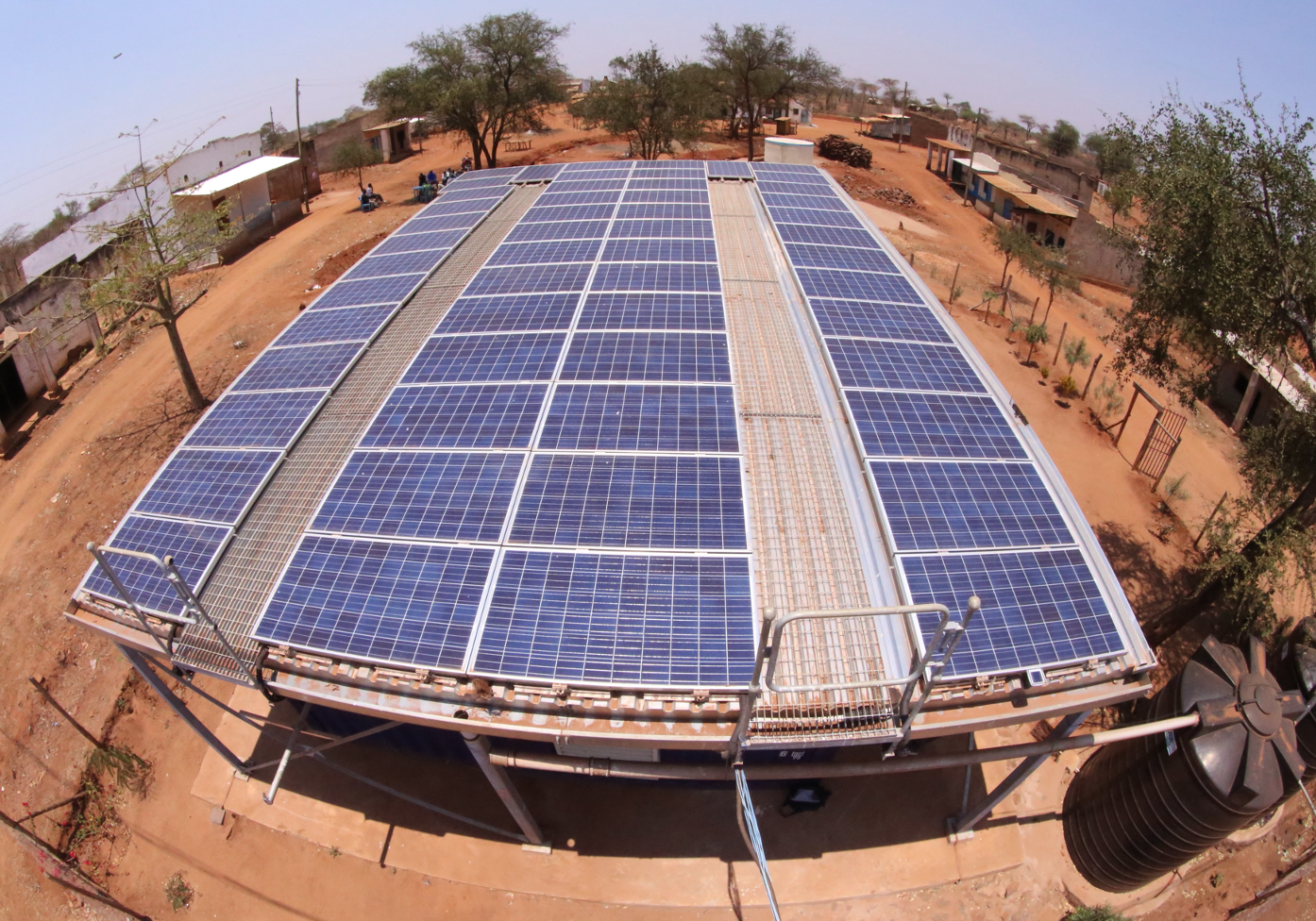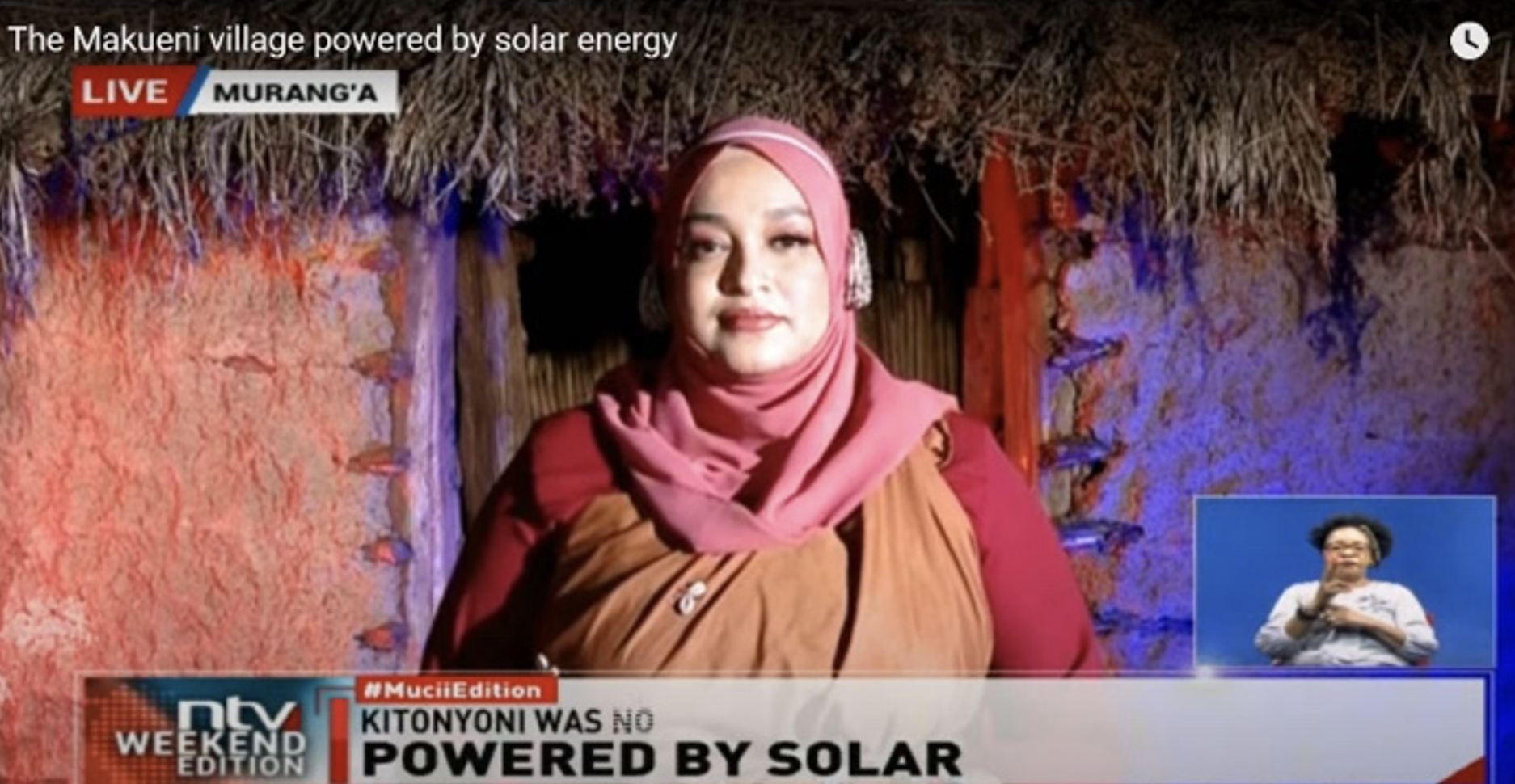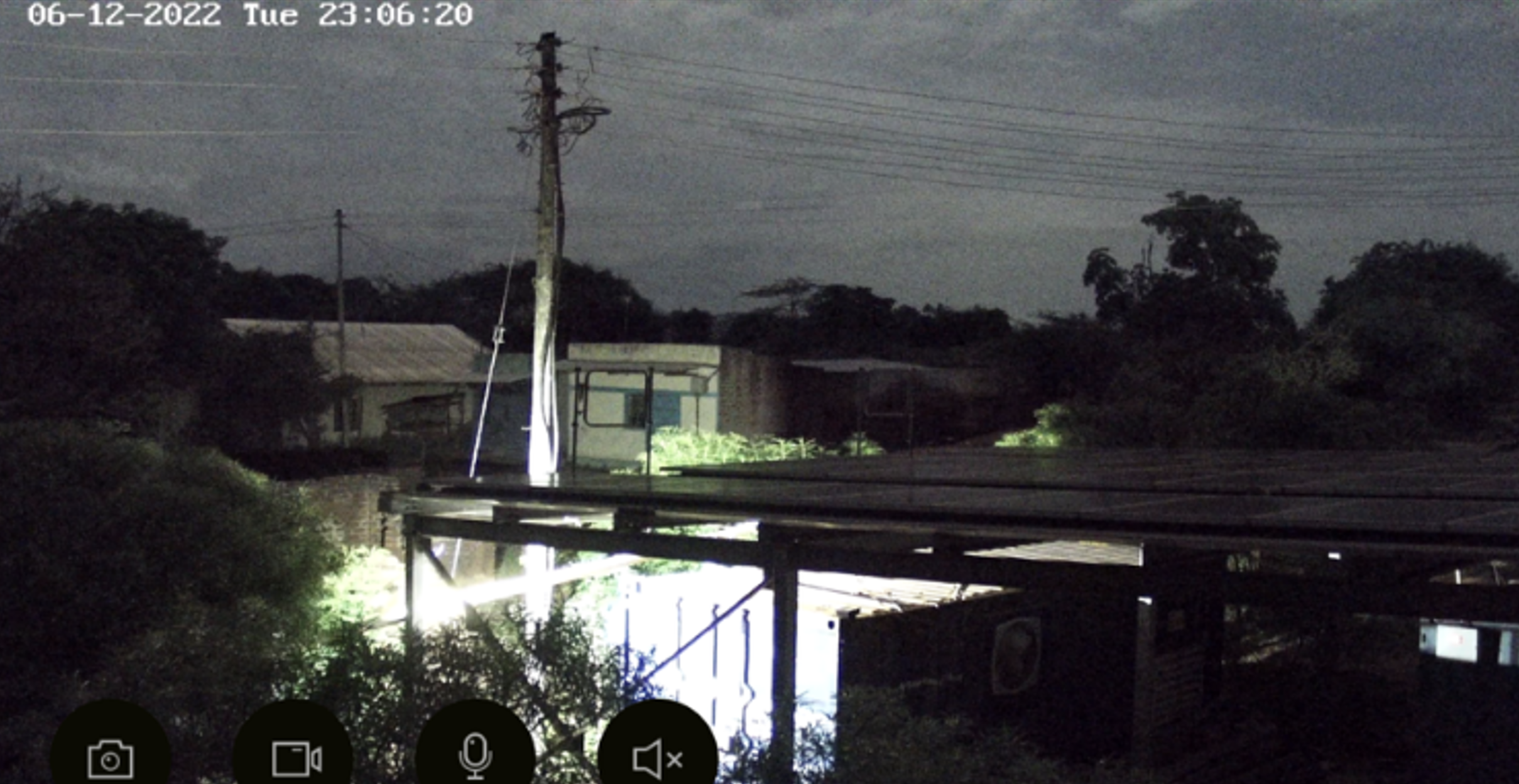On Friday the 25 August 2023 at 21:45 the Kenyan national grid went down and the country suffered the longest blackout in recent years. An exception was the small market village of Kitonyoni in Makueni County, which is powered by a solar photovoltaic (PV) plant and a mini grid where the lights stayed on over the 20-hour period of the black out.
The Kitonyoni solar PV mini grid consists of a PV power and battery plant and a distribution network which was installed in 2012 by the University of Southampton’s Energy and Climate Change Division under its Energy for Development Programme (e4D) with support from the Ministry of Energy (MoE, Kenya), Kenya Power and Lighting Company (KPLC) and Rural Electrification and Renewable Energy Corporation (REREC).
The Kitonyoni unaffected electricity supply has been praised by the mainstream media in Kenya. People from the surrounding villages rushed into Kitonyoni trading centre during the long period of the electricity outage to charge their mobile phones and other appliances.
Professor AbuBakr Bahaj the founder of the e4D programme commented “It is fantastic news that the villages were the envy of all Kenya as conveyed by the news in the country, I am also pleased that William, the brilliant village tailor was interviewed. He has been with the project from the start. I remember at its inception his wish for an electric iron to replace his wood heated iron which was duly delivered to him the next time I visited. It is also important to realise that Kitonyoni has grown tremendously (by a factor of 3 at least) due to the availability of electricity. A growth not seen in our control village 30 km away”.
Eng Isaac Kiva, Secretary for Renewable Energy at the Kenya Ministry of Energy commented, “Kitonyoni was a ‘spark’ and pathfinder project, delivered through our collaboration with the team in Southampton and driven by Prof Bahaj. Two other mini grid projects were also delivered by the e4D programme in Kenya. These projects are providing us with the required evidence to support our US$152 million World Bank funded KOSAP programme which aims to install over 120 mini grids in Kenya. The reliability shown by the system in Kitonyoni during the blackout, was a testament to the UK/Kenyan engineers to deliver solutions that can be widely replicated and deployed to provide electrical power to over 600 million people without energy in Africa”.
The Kitonyoni mini grid is one of six electricity access projects delivered by the e4D programme in Kenya, Uganda and Cameroon. In 2021 Kitonyoni is also Kenya’s first community-scale mini grid to be connected to the national grid. During the national grid power interruption the mini grid isolated itself as per system design and kept the village powered up throughout the night by the battery and during the day by the solar array which also electrically charges the battery.


